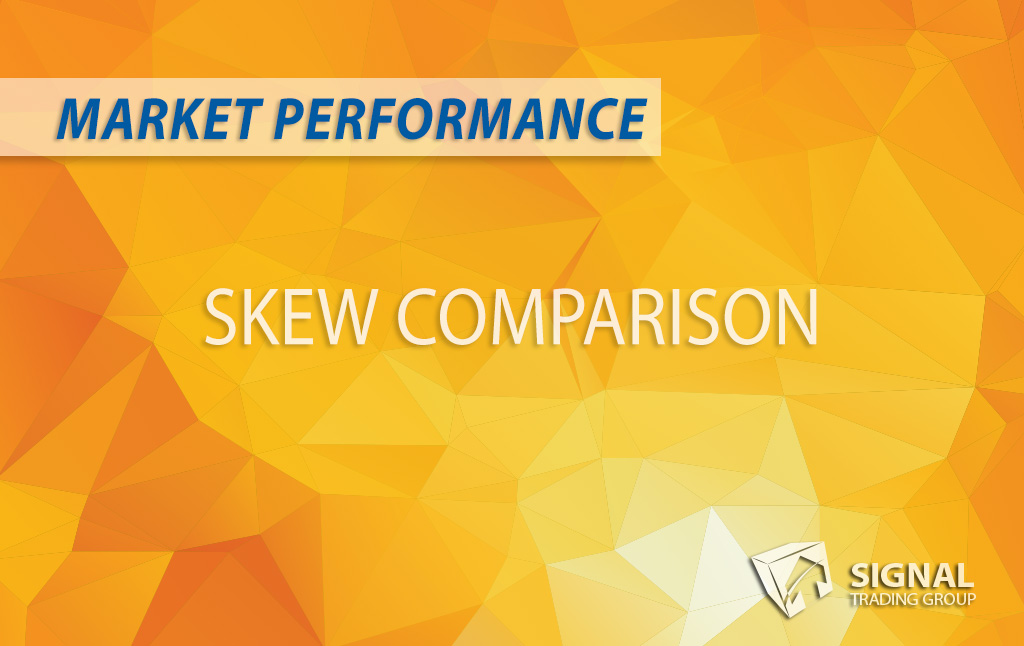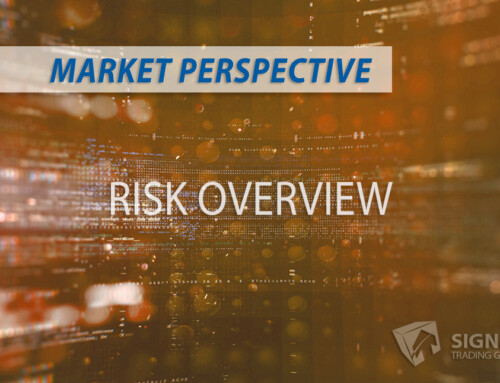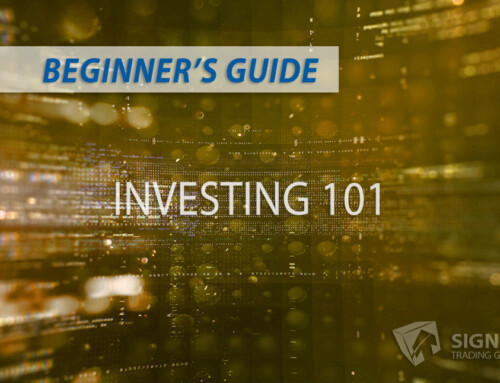Understanding Skewness
Everyone wants to be a winner. For investors, being on the winning side of the trades means the ability to pick the right stocks that can generate above-average returns over time. However, this is often an elusive goal for most investors, given the inherent skewness in financial markets, making it extremely difficult to pick outperforming stocks consistently.
What is Skewness?
Skewness is a statistical term used to describe the degree to which a distribution of data points deviates from a symmetric, bell-shaped curve (also known as the normal distribution). A negatively skewed distribution in financial markets signifies that more investments generate below-average returns, whereas a positive skew implies a higher probability of outsized positive returns.
Skewness exists in financial markets predominantly because some stocks significantly outperform the majority of others, with a small number of firms accounting for most of the market’s gains over time.
Scarcity of Outperforming Stocks
Recent studies have shown that the returns on individual stocks are quite scarce, making consistent outperformers a dime a dozen. Research by Hendrik Bessembinder from Arizona State University observed that just 4% of listed U.S. stocks since 1926 accounted for all net wealth creation. Translated into the investment lingo, only 4 out of every 100 stocks contributed to the market’s outperformance over time.
Furthermore, the study by Longboard Asset Management supports this scarcity hypothesis, revealing that from 1989 to 2015, the top 20% of stocks contributed to 96% of the market’s returns, leaving a staggering 80% of stocks as practically zero-sum investments for most investors.
Navigating the Challenges of Skewness and Achieving Better Returns
Skewness presents a considerable dilemma and offers valuable insights for investors looking to enhance their returns significantly. Here are a few strategies worth considering:
- Diversify: Since identifying consistent outperformers is challenging, diversification remains investors’ best friend. Holding a broad basket of stocks, preferably through low-cost index funds, will improve the odds of capturing potential winners.
- Long-term Perspective: The scarcity of outperforming stocks signifies that success in the stock market largely depends on a long-term perspective. Patience is essential; a buy-and-hold strategy on a well-diversified portfolio can outperform other market-timing or short-term trading strategies.
- Utilize Quantitative Strategies: Focusing on parameters such as revenue growth, return on equity, and earnings stability can serve as suitable metrics to identify potentially outperforming stocks, assuming you possess the time and expertise to analyze large pools of stocks.
Conclusion
Skewness is a powerful market force that has implications for portfolio construction, investment strategies, and performance expectations. With a limited number of outperforming stocks at large, investors may want to focus on diversification, long-term investing, and quantitative stock selection processes.
By better understanding how skewness impacts investments, retail investors are equipped with the necessary knowledge to build strategies that may help them beat the market. In summary, being on the winners’ side is achievable – if done strategically.





